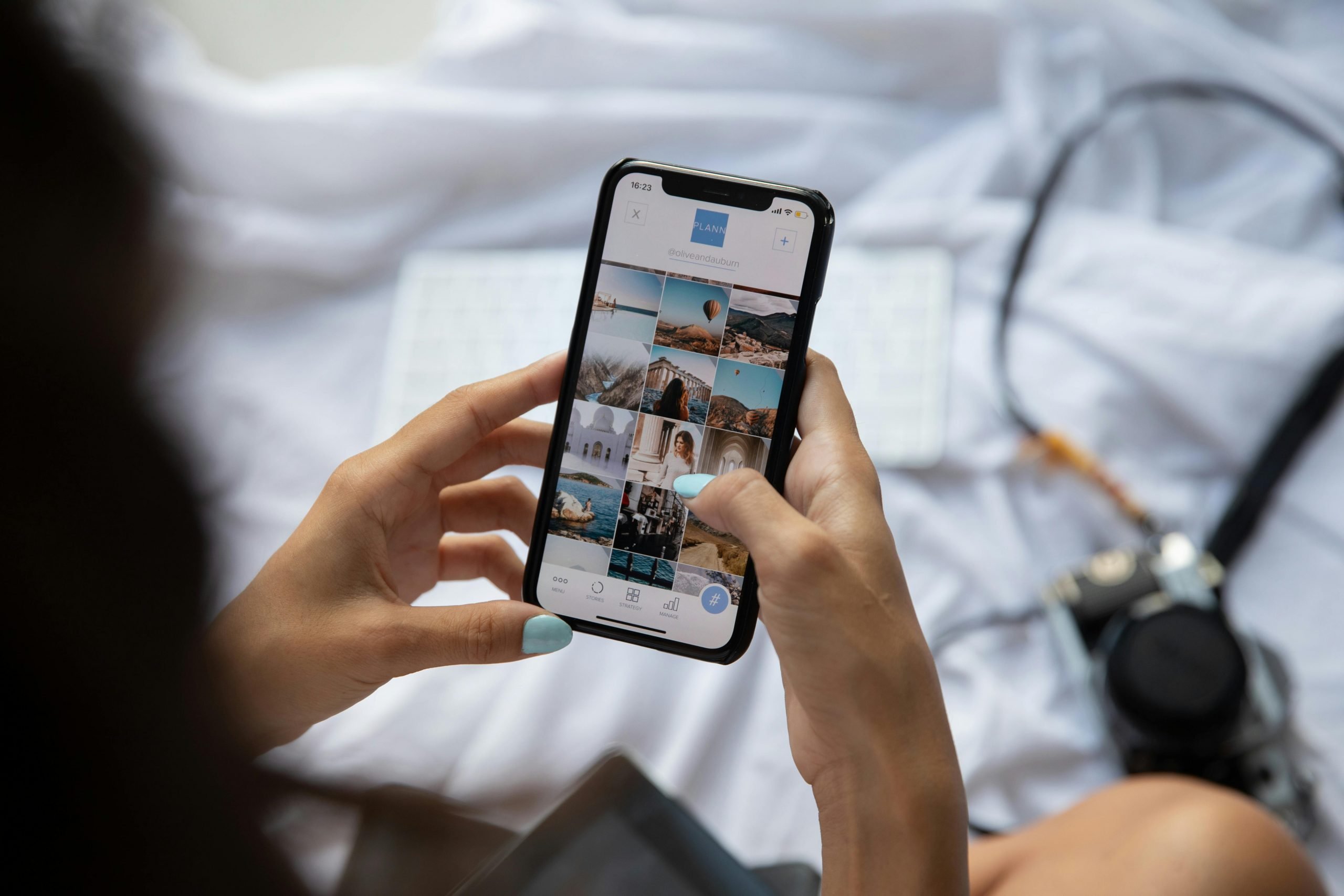
Omnichannel has become a buzzword in marketing circles. Many brands feel the pressure to maintain a presence across websites, mobile apps, social media, and every other channel and platform available.
However, while the omnichannel approach is traditionally the gold standard, it’s worth questioning whether this strategy truly serves the best interests of every brand.
Is it possible that brands are diluting their impact by trying to be everywhere at once? What is the most effective strategy for building a strong, cohesive brand?
The resource pinnacle
The allure of an omnichannel strategy lies in its promise to meet customers wherever they are, offering a seamless experience across all platforms.
However, the reality can be far less ideal. Resource dilution is a significant challenge; by spreading efforts across multiple channels, brands risk delivering a mediocre experience on all fronts.
An omnipresent strategy strains budgets and timelines and weakens the overall brand experience. Young businesses and start-ups are clued in and understand this. The resources for marketing budgets are flowing over to product and service research development. This is not necessarily something to worry about.
Take a magnifying glass to Tesla’s sales models. By focusing more on building a unique product and then incentivising customers to buy the car only directly from the app, Tesla maximised the power of digital tools.
Some experts might disagree with me, but the truth is – no marketer or expansive marketing budget can support a badly designed product for too long.
Increased complexity and risk with omnichannel strategies
CMOs must consider the increased complexity and risk of managing multiple platforms. The more complex a brand’s digital operations become, the higher the risk of inefficiencies and errors.
This complexity can lead to a fragmented user experience, further eroding the brand’s credibility and appeal. On the other hand, brands that streamline their focus can mitigate these risks and create a more cohesive and impactful user experience.
Wio Bank is the first one that comes to mind. By investing time in creating a phenomenal digital offering and using the straightforward marketing tactic of the best deal, they have captured a solid market share.

Omnichannel strategies lead to inconsistent brand messaging
Historically, omnichannel marketing strategies were sold on the idea that they were going to create one single voice across all channels and unite brand messaging. However, in today’s world, this only seems to be further muddling.
Each channel has its nuances, making it challenging to ensure that messaging remains cohesive. This can lead to confusion among consumers and diluted brand identity, which is particularly detrimental in today’s market where consumers seek brands they can trust and relate to.
In contrast, brands that focus on a single channel often find it easier to maintain consistency and clarity. Take Headspace, the meditation app, for example.
By concentrating its efforts on optimising its mobile app, Headspace was able to focus on app store optimisation (ASO) to improve visibility and search performance. This targeted approach led to a 40 per cent increase in visibility and an 18 per cent increase in app installs. Headspace’s success highlights how a single-channel focus can ensure that brand messaging remains solid and practical, resonating deeply with its target audience.
The power of focused excellence
In contrast, focusing on a single platform allows brands to excel in delivering a high-quality experience. For instance, by investing deeply in an expertly designed and constantly updated mobile app, a brand can create a standout product that meets and exceeds consumer expectations.
This is where partnering with specialists, like those focusing on mobile app UI design, becomes invaluable. They ensure the app reflects the latest technological advancements and aligns perfectly with the brand’s identity and goals.
Consider the case of KLM Airlines, which sought to increase mobile bookings and create a platform for mobile marketing techniques like location-based notifications. By focusing on enhancing its mobile app and launching a targeted campaign, KLM saw a 34 per cent increase in bookings and a 38 per cent rise in mobile revenue. This success demonstrates how investing in one platform, like a mobile app, can deliver substantial results and strengthen the brand’s market position.
Broader implications for the industry
The implications of this argument are significant for the broader marketing industry. In a landscape where digital saturation is a genuine concern, brands must shift their focus from quantity
to quality.
Marketing leaders should replace the pressure to be omnipresent with being exceptional in one area and driving a more experiential and seamless experience offline and online. This shift will improve consumer experiences and help brands build stronger, more lasting connections with their audiences.
While the omnichannel approach may suit some brands, many could benefit more from concentrating on a single platform. By creating profound, impactful experiences on one channel, brands can ensure their digital presence is consistent and exceptional, ultimately leading to a stronger, more cohesive brand identity that stands out in a crowded market.
For brand leaders, the time is now to reassess their digital strategy. Consider where their resources might be better spent and explore how a focused approach could yield more significant results in building a lasting and meaningful connection with their audience.
By Girish Nathaney, Founder, Cheval Group









